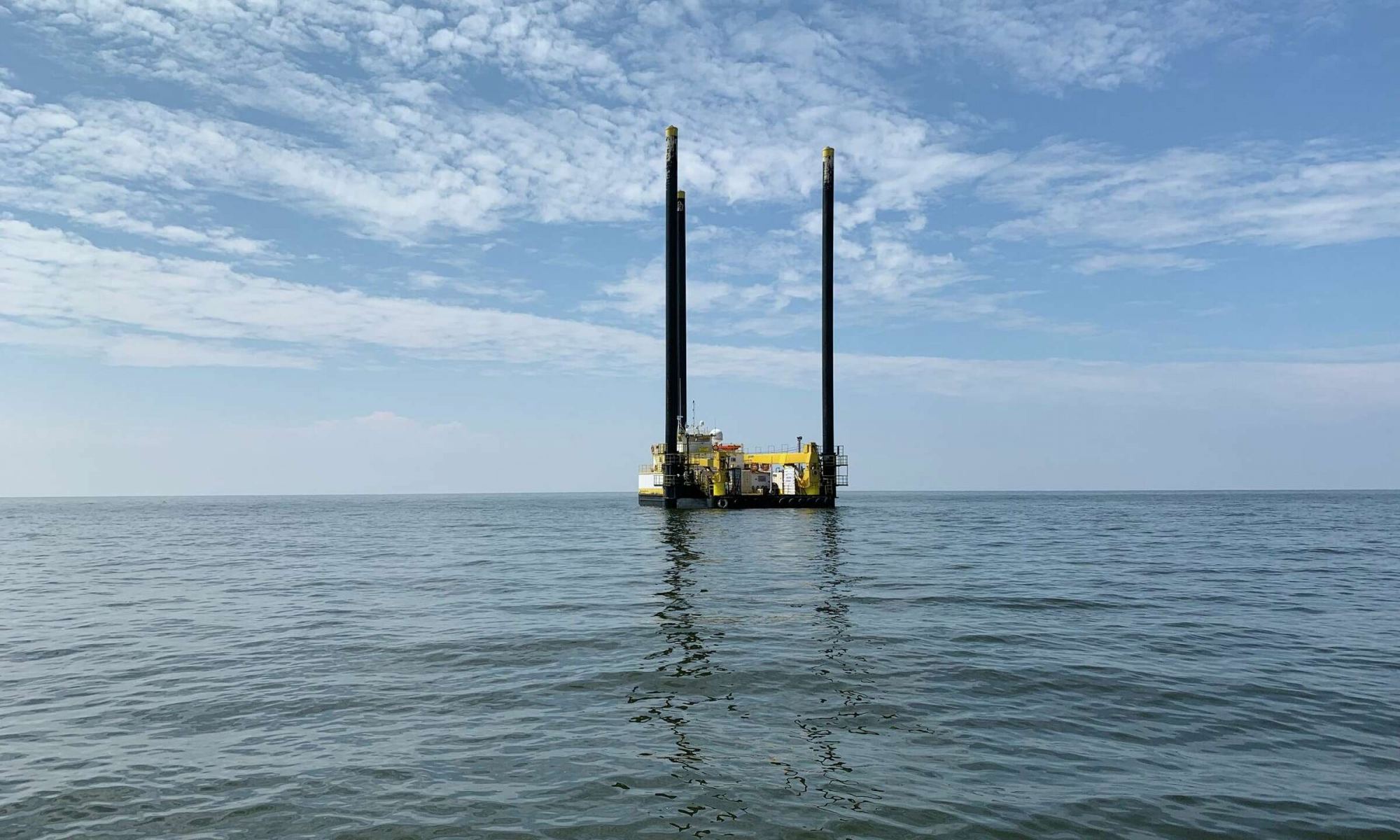The commercial space sector (aka. NewSpace) is one of the fastest-growing industries of the 21st century. In the past twenty years, what was once considered an ambitious venture or far-off prospect has become a rapidly-accelerating reality. Today, companies are conducting launches using their own rockets and spacecraft, often from their own facilities, to send everything from satellites and cargo to astronauts (commercial and professional) into space. The growing number of launch providers has also led to a dramatic increase in demand for launch-related services.
This includes retrieval operations designed to provide launch flexibility and safe retrieval. This is the purpose behind The Spaceport Company, a Virginia-based aerospace company dedicated to creating a global network of mobile, sea-based launch and landing site systems. On Monday, May 22nd, the company successfully tested its prototype platform by conducting the first-ever commercial rocket launches from U.S. water. This test demonstrated the potential for mobile sea platforms to ease congestion at on-shore launch facilities and expedite the delivery of payloads to orbit.
The Spaceport Company is an emerging leader in developing mobile sea spaceports that enable cost-effective launch services to meet the needs of the modern space sector. This includes the NewSpace industry, which relies on a high-cadence launch schedule and rapid turnaround in proximity to manufacturing sites, and the needs of the Defense sector, which requires responsive spaceports that are rapid, survivable, and distributed. The company’s infrastructure also combines proprietary hardware and software with a unique process of government pre-approvals.
During the demonstration, multiple launch vehicles took off from the platform in the Gulf of Mexico, allowing the company to test its infrastructure and all the regulatory procedure that go into orbital-class launches. According to a statement released by the company, this included: “regulatory approvals from the FAA and U.S. Coast Guard, scheduling, control of public access, range surveillance, hazard clearance, airspace integration, anomaly response, and remote launch vehicle ignition at sea.”
The successful demonstration also had the bonus of being on schedule and within budget. As The Spaceport Company founder and CEO Tom Marotta said in the statement:
“This demonstration provided numerous lessons which will be incorporated into our next project: building a sea-based spaceport capable of orbital operations. We are working towards offering the U.S.’s first truly commercial spaceport, which can best support the rapidly growing commercial launch industry and alleviate the burdens on government ranges. I’d like to thank all our partners who made this demonstration possible, particularly the Coast Guard, the Federal Aviation Administration, and the National Security Innovation Capital program at the Defense Innovation Unit.”
For about sixty years since the dawn of the Space Age, all orbital launches were conducted exclusively from land, and all spent stages were ditched in the ocean. This is why we have the “Rocket Graveyard” off the coast of Florida and the “Spacecraft Cemetary” in the South Pacific, east of New Zealand. Since the late 1990s and especially in the past decade, this has changed with the introduction of marine platforms. Thanks to SpaceX, the retrieval of orbital-class boosters at sea have become a regular event since 2015.
On the other hand, orbital launches at sea require sturdier and more robust platforms, which tend to favor facilities fixed to the ocean floor. However, mobile platforms have the advantage of being able to deploy where needed, offering a degree of flexibility that is otherwise not available. Several more mobile platforms are in the works, and this latest test guarantees that even more are likely to follow in the coming years.
Further Reading: The Spaceport Company

